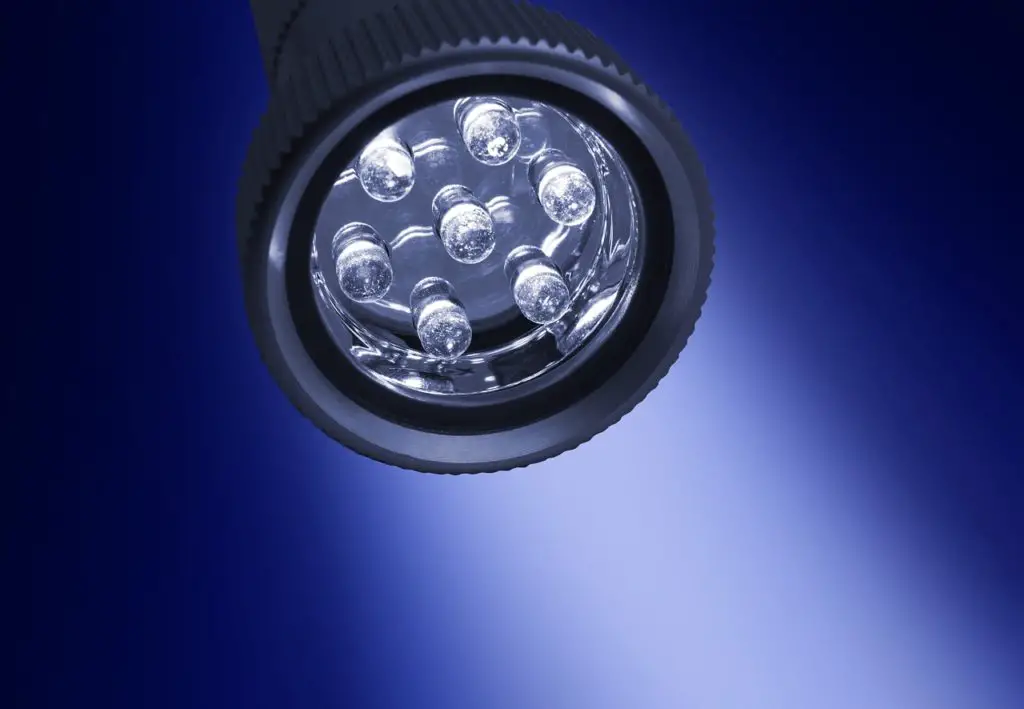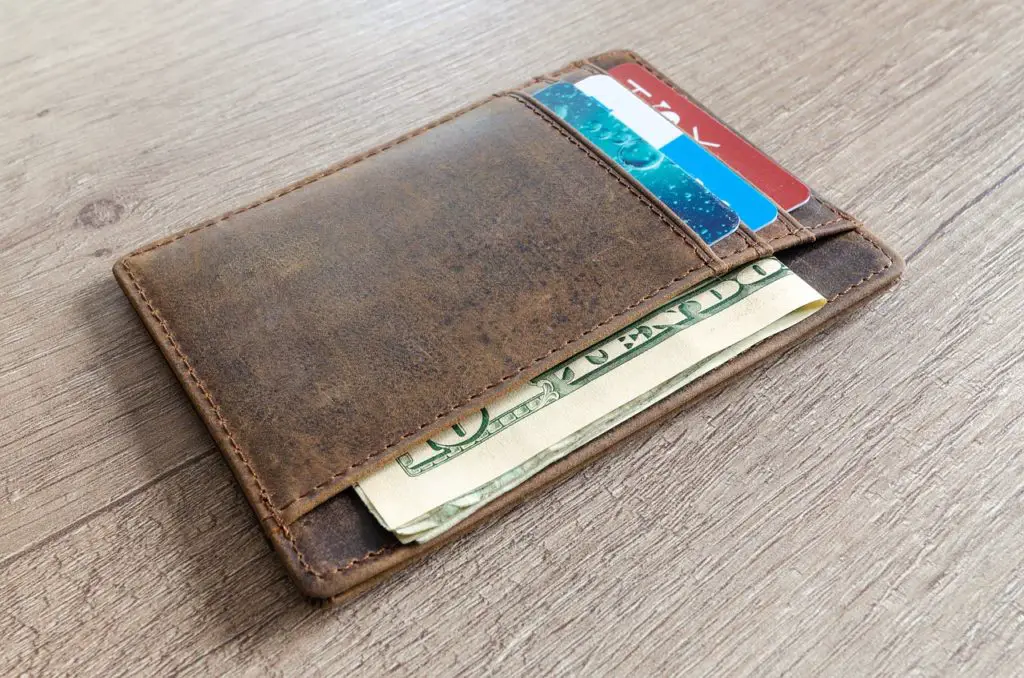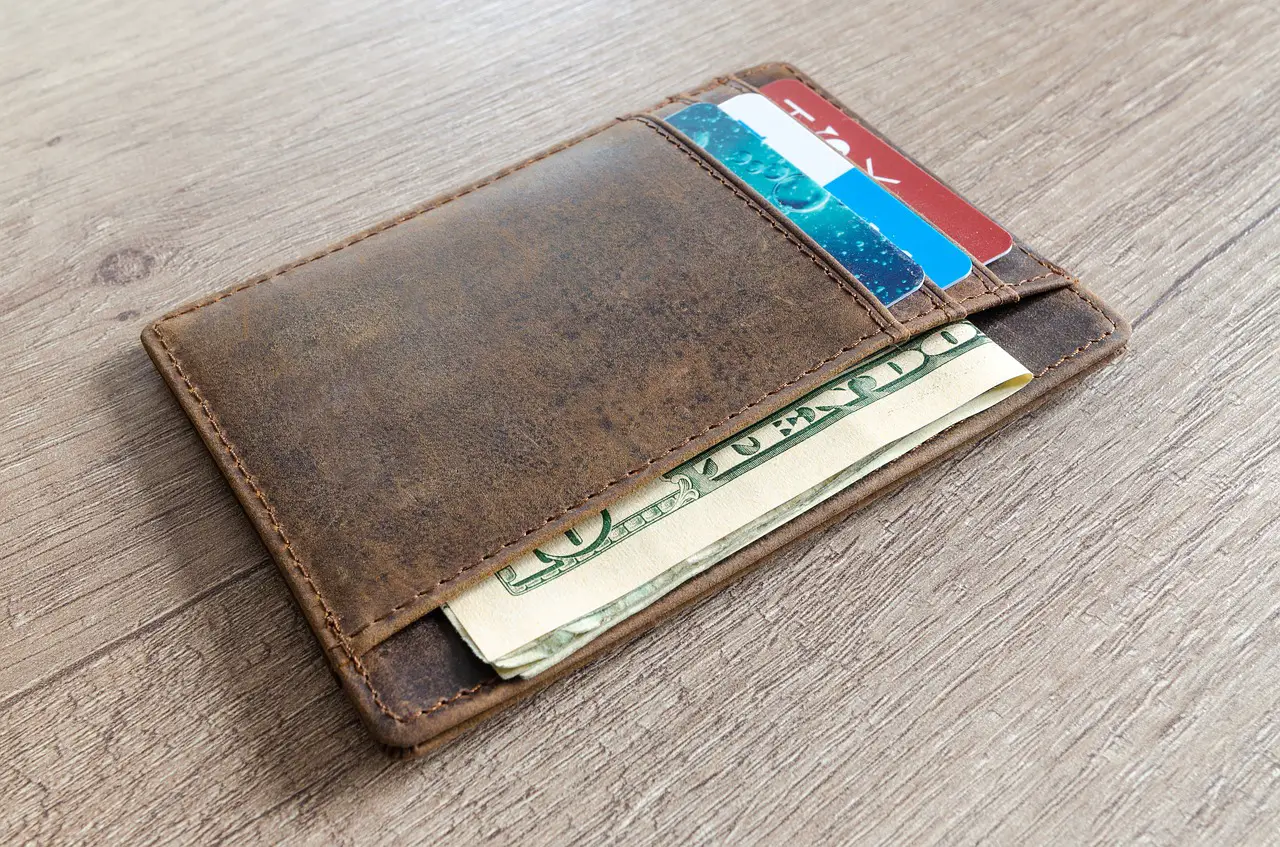This post may contain affiliate links. Please read the disclosure for more info.
When it comes to saving money, people often have a misconception that frugality is synonymous with being cheap. Understanding the difference can be difficult. The negative connotation of being cheap steers many people away from developing budgets, understanding the value of money, and how to spend their income wisely.
What is the difference between being frugal and being cheap? Simply put, frugality is the understanding of getting the most out of every dollar spent, while being cheap is always paying the least, regardless of the quality or value. Sometimes, there is no difference in the choice between being frugal or cheap. Other times, being cheap is the only option.
I’ll provide some examples of the difference between the two and how you can improve your savings by being more frugal without being cheap.
A Pair of Shoes – An Example of Frugality
There is a common example discussed among personal finance enthusiasts regarding a pair of work boots. The story goes that a workman needs a pair of shoes for his job. He has the option to buy a pair of $25 boots or a pair of $100 boots. However, the $25 pair of boots need to be replaced every year, while the $100 boots need to be replaced every five years. By buying the cheap option, over the course of five years, the workman would have spent $25 every year (ignoring inflation), resulting in $125 spent. If he went with the $100 option, he would have only spent $100.

This story illustrates that being frugal is not always the same as being cheap. Of course, the $25 pair of boots is the cheaper option, yet paying more upfront for a higher quality boot results in less money spent in the long run.
Determining the true value or quality of a purchase can be difficult. Being frugal includes doing a little more research upfront before a considerable purchase. Some purchases may not need much consideration. In the case of the work boots, though, the buyer could review consumer reports, online reviews, and other recommendations for what boot will last the longest.
Return on Investment – Spend More to Save More
Sometimes, spending money can save money. A good example of this concept relates to energy consumption, especially in your home or residence. An upfront investment can save incremental costs over time, saving money in the long run.
An excellent example to illustrate this point is replacing light bulbs in your home. While energy-efficient LED bulbs might cost more upfront, they use far less energy than compact fluorescent and especially incandescent. Using these light bulbs saves a few cents or dollars on your electricity bill every month.

Why You Need a Budget
When considering the difference between frugal and cheap, having a budget in place can provide guidance on how to spend your money. If you aren’t sure where your money should be going and what you should be spending it on, you may find yourself avoiding frugal purchases in favor of cheap purchases. And vice versa, you might be spending more in areas than you realize.
Take, for example, eating out. If you don’t have a budget or limitation for the amount you’d want to spend, then you may find the ease of picking up food too enticing. Many people that add up their receipts over a month are shocked to see how much they actually spent, saying, “I only went out to eat a few times!”
By setting up a budget, you may find more of your available income is freed up for other expenses. You may find that you can make more frugal purchases than cheap ones.

If you want to read more about personal finance and budgeting, check out a few of my favorite blogs and sites. Mr. Money Mustache has great insights in his blog. Bogleheads are good for learning about investing. Dave Ramsey is pretty entertaining and has good guidance for being debt-free.
Leave a comment below to share some of your own frugal vs. cheap ideas!


 A Sunny San Franciscan Apartment With An Artsy Personality
A Sunny San Franciscan Apartment With An Artsy Personality
Leave a Reply